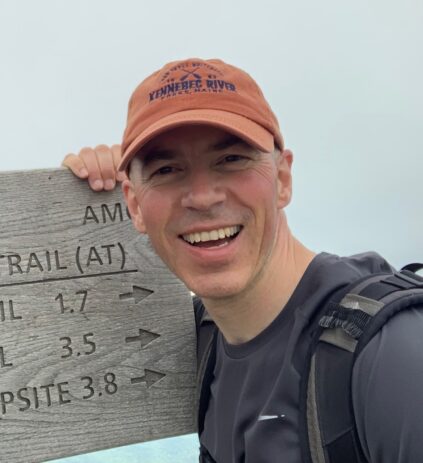Ron Korstanje
Biosketch
Ron Korstanje received his MSc in Molecular Biology at Leiden University and his PhD in Genetics at Utrecht University in the Netherlands, working on the genetics of atherosclerosis. He continued this work as a postdoctoral fellow with Beverly Paigen at The Jackson Laboratory in Bar Harbor. He moved back to the Netherlands in 2004 to study the genetics of kidney disease at the University Medical Center Groningen, but after a few years decided to return to Bar Harbor.
Ron is now an associate professor at The Jackson Laboratory where his main focus is on the aging kidney. He is co-director of the Nathan Shock Center of Excellence in the Basic Biology of Aging. Ron has published more than 80 peer-reviewed journal articles and several book chapters, including a chapter in the new edition of the Handbook of the Biology of Aging.
Research Interests
The goal of our lab is to identify key genetic factors that contribute to the decline of function and damage in the aging kidney, to learn their role in the kidney, and to understand why variations of these factors lead to different outcomes. We do this by studying the natural genetic variation in mice and their association with different kidney phenotypes. Once causal genes are identified, we develop precision disease models for further study of the gene and to develop therapeutics that will slow down the decline of kidney function and development of disease.
An untapped resource is histopathology. By applying image analysis and machine learning on renal sections we can quantify histological features and use these as phenotypes in our genetic analyses to identify the genes that are driving early changes in the kidney that lead to disease.
We also study black bears and tenrecs to understand which genes and mechanisms are involved in these species that allow them to recover from kidney damage after hibernation. We apply this knowledge to develop therapies that can be used in human kidney patients.
Selected Publications
- Longitudinal fragility phenotyping contributes to the prediction of lifespan and age-associated morbidity in C57BL/6 and Diversity Outbred mice. Geroscience. 2024 Oct;46(5):4937-4954. doi: 10.1007/s11357-024-01226-9. Epub 2024 Jun 27. PubMed PMID: 38935230.
- Genetic drivers of age-related changes in urinary magnesium excretion. Physiol Genomics. 2024 Sep 1;56(9):634-647. doi: 10.1152/physiolgenomics.00119.2023. Epub 2024 Jul 22. PubMed PMID: 39037434; PubMed Central PMCID: PMC11460537.
- Intermittent clearance of p21-highly-expressing cells extends lifespan and confers sustained benefits to health and physical function. Cell Metab. 2024 Aug 6;36(8):1795-1805.e6. doi: 10.1016/j.cmet.2024.07.006. PubMed PMID: 39111286; PubMed Central PMCID: PMC11315361.
- Correction to: Lifespan effects in male UM‑HET3 mice treated with sodium thiosulfate, 16‑hydroxyestriol, and late‑start canagliflozin. Geroscience. 2024 Jul 15;. doi: 10.1007/s11357-024-01283-0. [Epub ahead of print] PubMed PMID: 39004654.
- Effects of a Global Rab27a Null Mutation on Murine PVAT and Cardiovascular Function. Arterioscler Thromb Vasc Biol. 2024 Jul;44(7):1601-1616. doi: 10.1161/ATVBAHA.124.320969. Epub 2024 Apr 25. PubMed PMID: 38660803; PubMed Central PMCID: PMC11209784.
- SenNet recommendations for detecting senescent cells in different tissues. Nat Rev Mol Cell Biol. 2024 Jun 3;. doi: 10.1038/s41580-024-00738-8. [Epub ahead of print] Review. PubMed PMID: 38831121.
- WHAMM functions in kidney reabsorption and polymerizes actin to promote autophagosomal membrane closure and cargo sequestration. Mol Biol Cell. 2024 Jun 1;35(6):ar80. doi: 10.1091/mbc.E24-01-0025. Epub 2024 Apr 10. PubMed PMID: 38598293; PubMed Central PMCID: PMC11238085.
-
Unraveling the genetics of arsenic toxicity with cellular morphology QTL. PLoS Genet. 2024 Apr;20(4):e1011248. doi: 10.1371/journal.pgen.1011248. eCollection 2024 Apr. PubMed PMID: 38662777; PubMed Central PMCID: PMC11075906.
- A machine learning approach for quantifying age-related histological changes in the mouse kidney. Geroscience. 2024 Apr;46(2):2571-2581. doi: 10.1007/s11357-023-01013-y. Epub 2023 Dec 16. PubMed PMID: 38103095; PubMed Central PMCID: PMC10828469.

